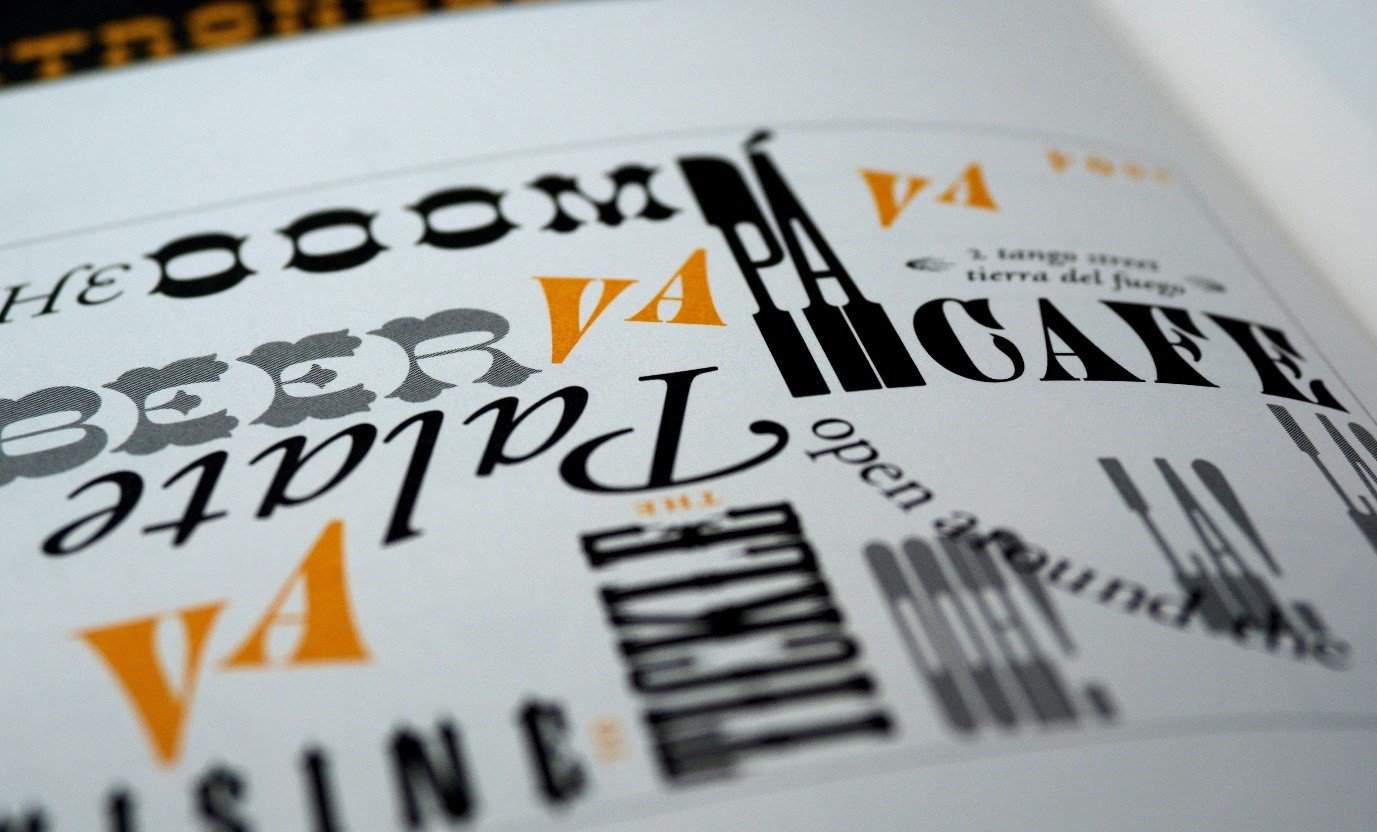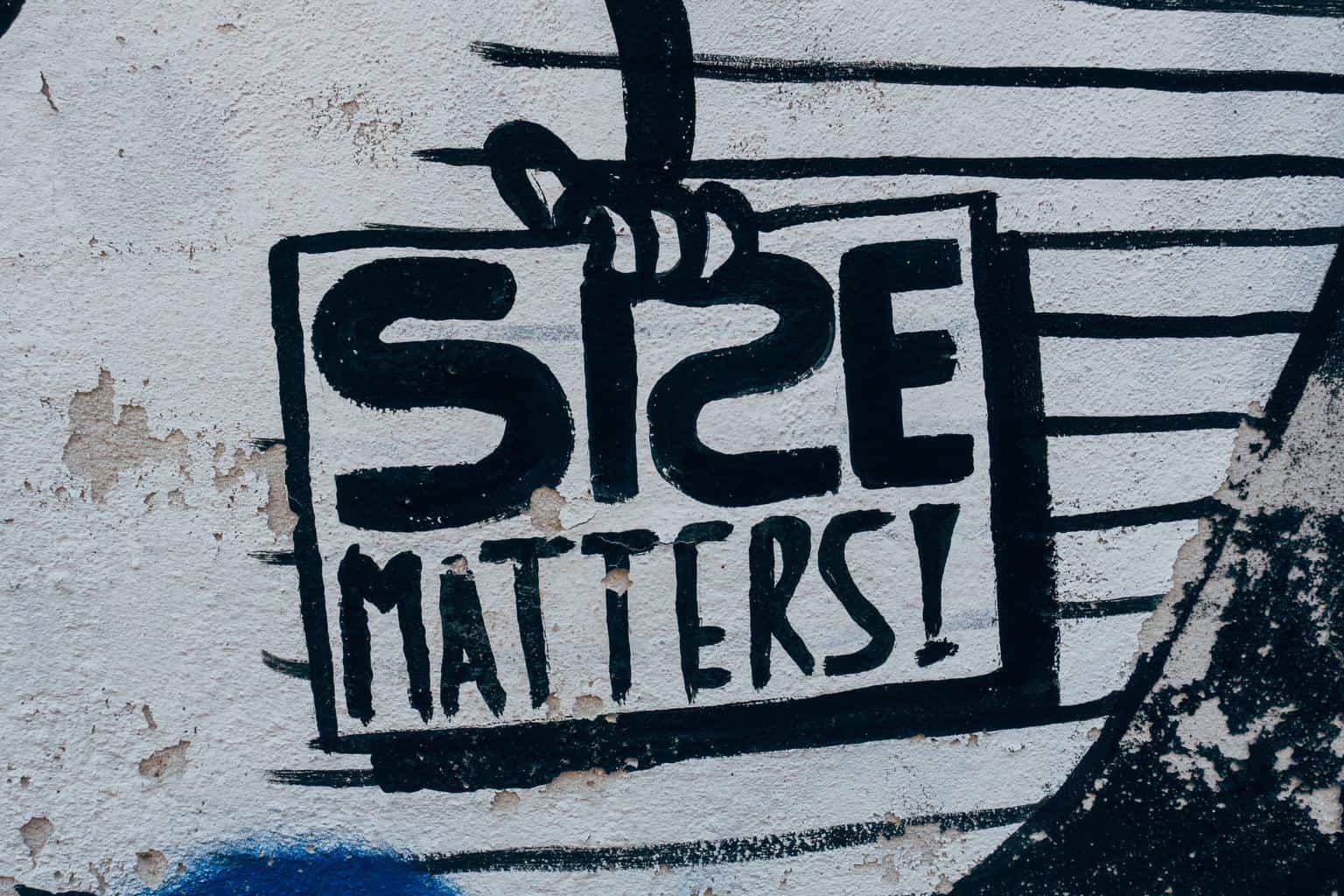
19 Jul How to Choose the Best Font for Your Design Project
Many designers still fail to recognize the significance of typography, even though it can greatly improve the overall success of a project. The aesthetic impact of a website depends on fonts as much as it does on images, and every design agency knows that.
As simple as it may seem, selecting a typeface is only one part of typography. However, this is just the beginning; you still need to worry about kerning, tracking, and leading. Text color and placement within a page’s layout and style are two other essential considerations in typography.
Choosing a typeface that effectively connects the text with the visuals is crucial to the success of a page. The choice of typeface significantly impacts how well a message is communicated on the page. An effective typeface may pique readers’ interest and shape how they interpret the information.
 The enjoyment of reading can be enhanced by using an attractive typeface. The best typefaces are useless if they are not applied in the most appropriate contexts, so selecting the appropriate typeface for each project is vital.
The enjoyment of reading can be enhanced by using an attractive typeface. The best typefaces are useless if they are not applied in the most appropriate contexts, so selecting the appropriate typeface for each project is vital.
Your target demographic should inform your decision between using a signature typeface or a more calligraphic one in your design. For instance, a website aimed at programmers would be a poor fit.
Because there are so many different options, selecting the appropriate typeface can be challenging. Although there is no one set of guidelines that must adhere to select the appropriate typeface, a few general guidelines may be utilized in various contexts. It may be beneficial to pay attention to these.
Creative Fabrica is an amusing website that holds on to an impressive collection of more than 97 thousand fonts available for professionals and personal users. Here you can find a fantastic, attractive font for your website. Are you interested? Download fonts from this library. We would definitely recommend it – the price is really low, and the quality and the number of available fonts are outstanding. Feel free to check it out!
Table of Contents
Ability to Read
 Many different things need to be considered when thinking about how easily the text can be read. These factors include the characters’ forms, the counters’ size, the characters’ width, their weight, the length of the ascenders and descenders, and the contrast between the ascenders and descenders. A typeface must be legible for the reader to recognize individual letters within a string of text.
Many different things need to be considered when thinking about how easily the text can be read. These factors include the characters’ forms, the counters’ size, the characters’ width, their weight, the length of the ascenders and descenders, and the contrast between the ascenders and descenders. A typeface must be legible for the reader to recognize individual letters within a string of text.
Selecting a legible font is an excellent place to begin the process of making the text more readable. The enormous variety of fonts that can be chosen from, on the other hand, may make it challenging to make this particular selection.
If a font is selected that varies in height and weight, some portions of the text will give the impression of being highlighted to the visitor. In addition to bold and italic, the font family Helvetica Neue also includes variants such as light and ultra-light. If more attention is paid to the site’s typography, fonts such as these can be a practical choice.
A typeface is usually considered legible if it possesses conventional letterforms and design qualities that are constant throughout. These particular styles of typefaces are likely to be the ones that will provide readable results.
Kerning refers to the technique of changing the space between individual characters in a font to achieve proportionality. Font’s aesthetic is enhanced as a result, and high-quality typefaces will have kern pairings already built into them, making it simple to accomplish this effect. Letter spacing is another crucial feature when selecting a legible font, and typefaces with too much open space between the letters should be avoided.
Sans or Serif?
The classification of typefaces into serif and sans serif is the most common. Serif fonts can be identified by the little feet that protrude from the ends of the individual letters. Sans serif fonts lack this quality.
Both sets of fonts have a wide variety of styles, which can make them hard to categorize. But generally speaking, serif fonts are more classic, while sans serif fonts are more up-to-date. It’s been suggested that serif fonts are easier on the eyes.
Many excellent typefaces can be found in either class. Look at various categories, such as humanist, modern, slab serif, geometric, old style, and transitional, to learn more about the different font styles. It can be helpful for designers to create their systems for categorizing fonts, as this will allow them to quickly find the specific font they need for any given project.
Selecting and Using Appropriate Fonts
 The typography of a website needs to be eye-catching and easy on the eyes to keep the reader engaged. To accomplish this, the font must be legible, attractive, and easy to understand.
The typography of a website needs to be eye-catching and easy on the eyes to keep the reader engaged. To accomplish this, the font must be legible, attractive, and easy to understand.
Proper titles and subheadings can keep readers engaged and from clicking away from your page. The use of bold and italic and the selective use of color and font case emphasize specific passages within a document. When designing a website, it’s crucial to consider the typeface’s point size. Larger font sizes are preferable because they are more legible on smaller screens and portable devices like laptops and tablets.
The text and background colors should contrast well with each other. Dark backgrounds call for light text and vice versa. That way, the chosen text will be easily readable, and its full impact will be realized.
It could work well to use several different fonts together. To fully appreciate this, these fonts must be distinctive from one another. One option is to use a combination of serif and sans serif fonts. This will make the text stand out and look more professional, mainly if fonts by the same designer are used.
Conclusion
For any given project, the optimal font is the one that feels most natural and works best. For this reason, the best-looking and most space-efficient typeface might not win out. A good starting point is considering the target demographic’s needs and the client’s wants.
The goal of selecting a suitable typeface is to pique the reader’s interest. This holds regardless of the advertised good or the message being communicated. Keep in mind who you’re writing for and what you want them to get out of the piece at all times. Take into account the age range and interests of your ideal customers.
Creating content for a highly technical demographic, for instance, will necessitate meeting a unique set of criteria. The font chosen for this demographic will almost certainly be contemporary, but it will be up to the designer to decide whether to give the text a clean or edgy feel.
Instead of calling certain fonts “good” or “bad,” we should call them “appropriate” or “inappropriate.” No typeface should be selected until the intended audience and purpose of the text are known. Don’t know where to find new, attractive fonts? Creative Fabrica is the place to visit!



No Comments